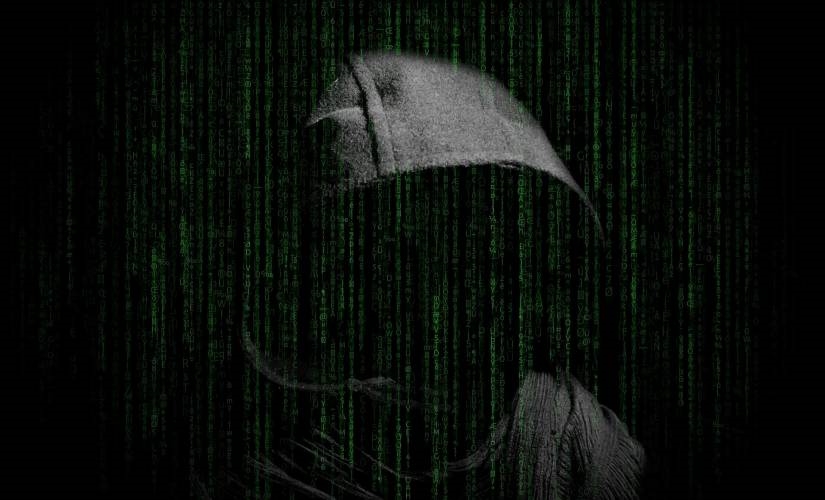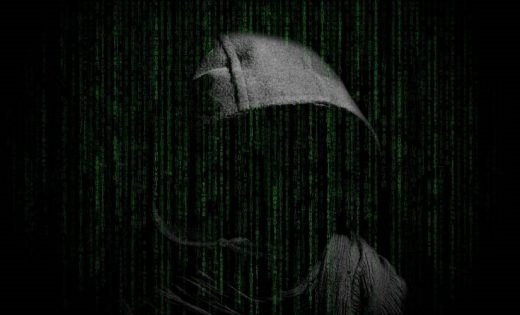Cybersecurity Best Practices: 7 Ways to Secure Your Data in 2020
Cybersecurity Best Practices: 7 Ways to Secure Your Data in 2020

Did you know that 44% of businesses plan to increase tech spend in 2020? In fact, Gartner predicted that global spending on cybersecurity would reach $ 170.4 billion by 2022.
Given the onslaught of cybercrime in recent years, the birth of smarter criminals, and ever-evolving regulations, there’s no surprise why enterprises keep upgrading their IT priorities.
Let’s look at how IT priorities are expected to change by the end of 2020.
In 2019, an IDG Security Priorities Study interviewed 528 security professionals. Here’s what they had to say about these vital cybersecurity issues:
- 59% say protecting PII is a top priority, due to CCPA and GDPR rules.
- 44% favor security awareness training to reduce phishing and ID theft.
- 39% believe that upgrading IT and data security will boost resiliency.
- 24% want to leverage data and analytics responsibly.
- 22% want to reduce the complexity of IT security infrastructure.
When it comes to your security priorities, where do you land? Is your security protection plan solid? Are you confident that your sensitive data is safe?
Even if you’re comfortable with your cybersecurity, times change, so it’s probably time to rethink your protection standards. To get you started, here are seven cybersecurity best practices that you should consider.
1. Asset Inventory is The First Step Toward Cybersecurity
Are you planning on building your security program from scratch? If so, IT asset inventory management is the first step. Here’s what you need to get started.
- Make a list of your IT assets.
- List and assess everyone who accesses your networks.
- Evaluate your current security plan; update it, if necessary.
- Generate detailed cybersecurity reports for your networks.
- Plan or evaluate your budget for security services.
2. Train Remote Employees About Your Cybersecurity Policies
As the world swiftly adopts the remote-work trend, employees should understand the repercussions of choosing convenience over security. Sacrificing security is not a pleasant tradeoff.
To illustrate this, PCMag surveyed 1000 employees about how they access corporate networks while on vacation. The results were scary. 77% agreed to have connected to free public Wi-Fi networks, and only 17% said they use a secure VPN to operate their corporate computers and phones.
To make matters worse, 50% of employees aren’t aware of their remote-work cybersecurity policies.
If you own or manage an enterprise, be sure that you establish out-of-office guidelines along with in-office rules. If you already have security guidelines, be sure to remind employees about using them periodically.
3. Understand The Role of Identity and Access Management (IAM)
Identity and Access Management plays a significant role in driving an enterprise security plan for action. It’s a platform that ensures that the right people have access to a company’s critical assets at the right time. At its core, IAM has three primary functions:
- Identification – Requires users to profess an identity, generally with a username, an ID, a smart card, or another form.
- Authentication – The process of proving the identity (i.e., verifying that users are who they say they are).
- Authorization – Determines what a person is allowed to do after entering a system.
A good IAM infrastructure helps enterprises establish a secure environment and reduce security costs. Furthermore, many platforms address compliance regulations like GDPR and HIPPA.
Many IAM platforms offer solutions that work with various privacy, consent, and compliance regulations. Combining compliance tools into one platform can save you time and money on legal costs.
4. Utilize Patch Management in Your Cybersecurity
Fundamentally, patch management is a structured process for managing software and upgrading system patches with new pieces of code. Often these patches fix threats and vulnerabilities that may otherwise open your system up to hackers.
Remember the unfortunate Equifax data breach that comprised approximately 143 million records? This was possible because hackers could detect a vulnerability in its open-source server framework. Even though a counter patch was available, it was not applied in time.
In short, to prevent vulnerabilities from being exploited, be sure to utilize patching regularly.
5. Conduct a Cybersecurity Risk Assessment
Cybersecurity risk assessment is a process that will help you identify your data and discover areas where a hacker could gain access. With risk assessment, you’ll get a grasp of your current state of vulnerability so that you can mitigate risks.
Here are some risks that can harm your company.
- Reputational risk: a result of negative public opinion.
- Operational risk: involves failed internal processes.
- Transactional risk: product or service delivery issues.
- Compliance risk: government regulation violations.
6. Practice Cyber-Hygiene Habits
With organizations falling prey to an unprecedented number of phishing attacks and cyberattacks, performing elementary security processes can go a long way. Here are a few cyber-hygiene habits that can help.
- Ensure that your routers and firewalls are deployed and properly configured.
- Keep updating whitelisted and blacklisted user lists at regular intervals.
- Enforce compartmentalized user permissions for authorized users.
- Keep antivirus definitions up-to-date.
- Run vulnerability scans and update OS with the latest security patches.
- Backup and encrypt business data.
- Enforce strong password policies and 2FA/MFA procedures.
7. Use Multi-factor Authentication
When it comes to cybersecurity best practices, experts often list multi-factor authentication (MFA) in the top five. The reason has to do with how MFA offers more than one form of authentication.
Here’s how it works:
Let’s assume that you want to log in to an account that has an MFA setup. You cannot just get in with your username and password. The account server will ask you for a second form of authentication before actually letting you in.
For an example of how multi-factor authentication works, consider what it’s like when you open a bank account. When registering for an account, you’ll need to provide a picture ID, along with another form of identification (like your passport or SSN). That extra layer of security used at banks is similar to how MFA works.
Final Thoughts
These cybersecurity best practices will go a long way to helping you secure your data. It’s wise for every business to follow them. After all, the cost of losing sensitive data is much higher than the cost of prevention.
The post Cybersecurity Best Practices: 7 Ways to Secure Your Data in 2020 appeared first on ReadWrite.
(20)


